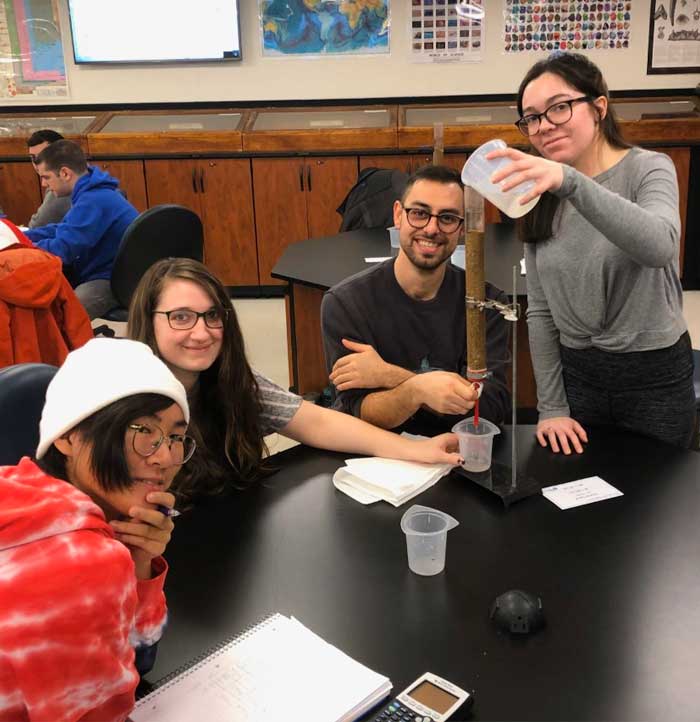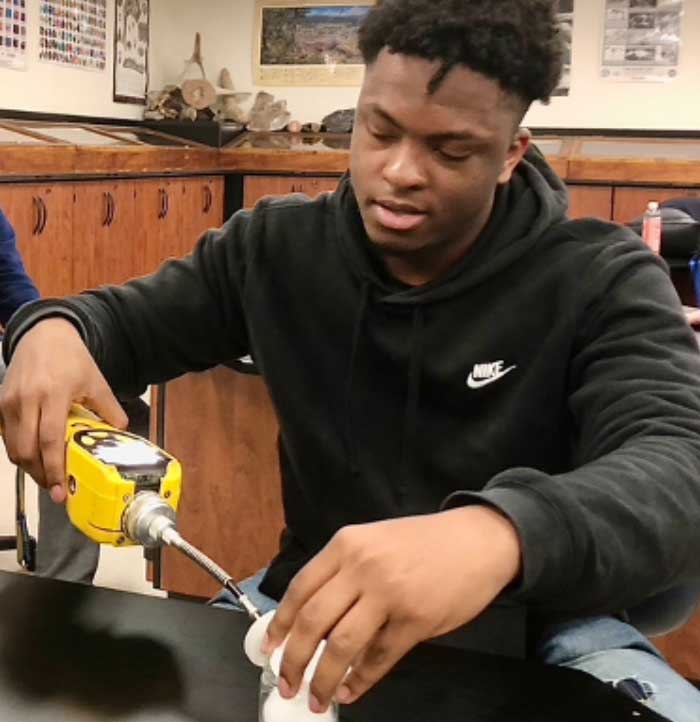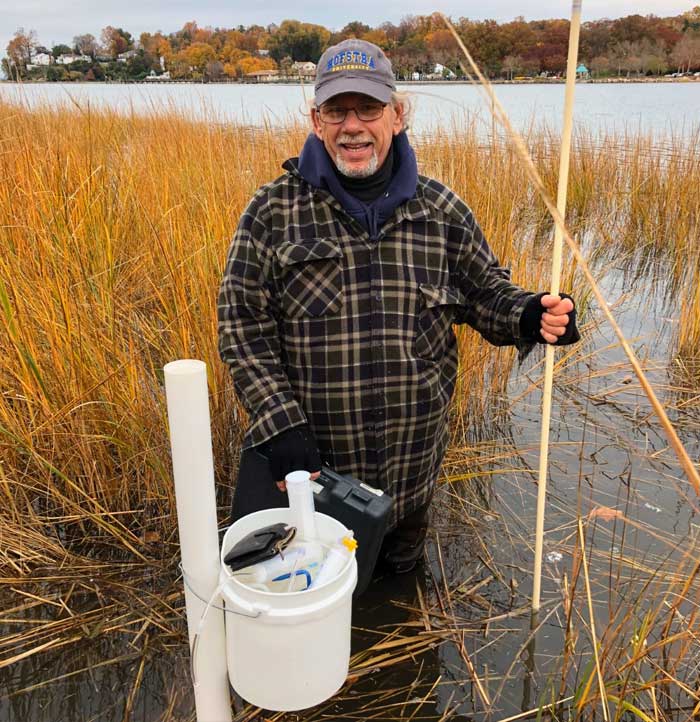If you are interested in understanding how the Earth works, studying the geology and history of our planet, safeguarding and managing the environment for future generations, and solving the problems of living sustainably now, you've come to the right place!
About the Department
In the Classroom
Our Programs
The Department of Geology, Environment, and Sustainability offers undergraduate degrees in Geology, Environmental Resources, and Sustainability, and a graduate degree in Sustainability, as well as minors in Geology, Meteorology, and Sustainability for you to enhance and expand your education.

At Hofstra
The Student Experience
Your education in Geology, Environment, and Sustainability extends beyond the classroom.

Your Future
Career Potential
Majors in Geology, Environmental Studies, and Sustainability Studies develop knowledge that is applicable to a wide range of different careers, from research to consulting, from corporations to non-profits.

About the Department
Students in Hofstra University's Department of Geology, Environment, and Sustainability work closely with faculty and each other in a supportive, team-oriented environment. We strive to develop students into professionals ready to begin fulfilling careers by engaging them in authentic research and scholarship and by providing opportunities for experiential learning in the field and through internships. We believe that today’s motivated and engaged student is tomorrow’s valued colleague.

